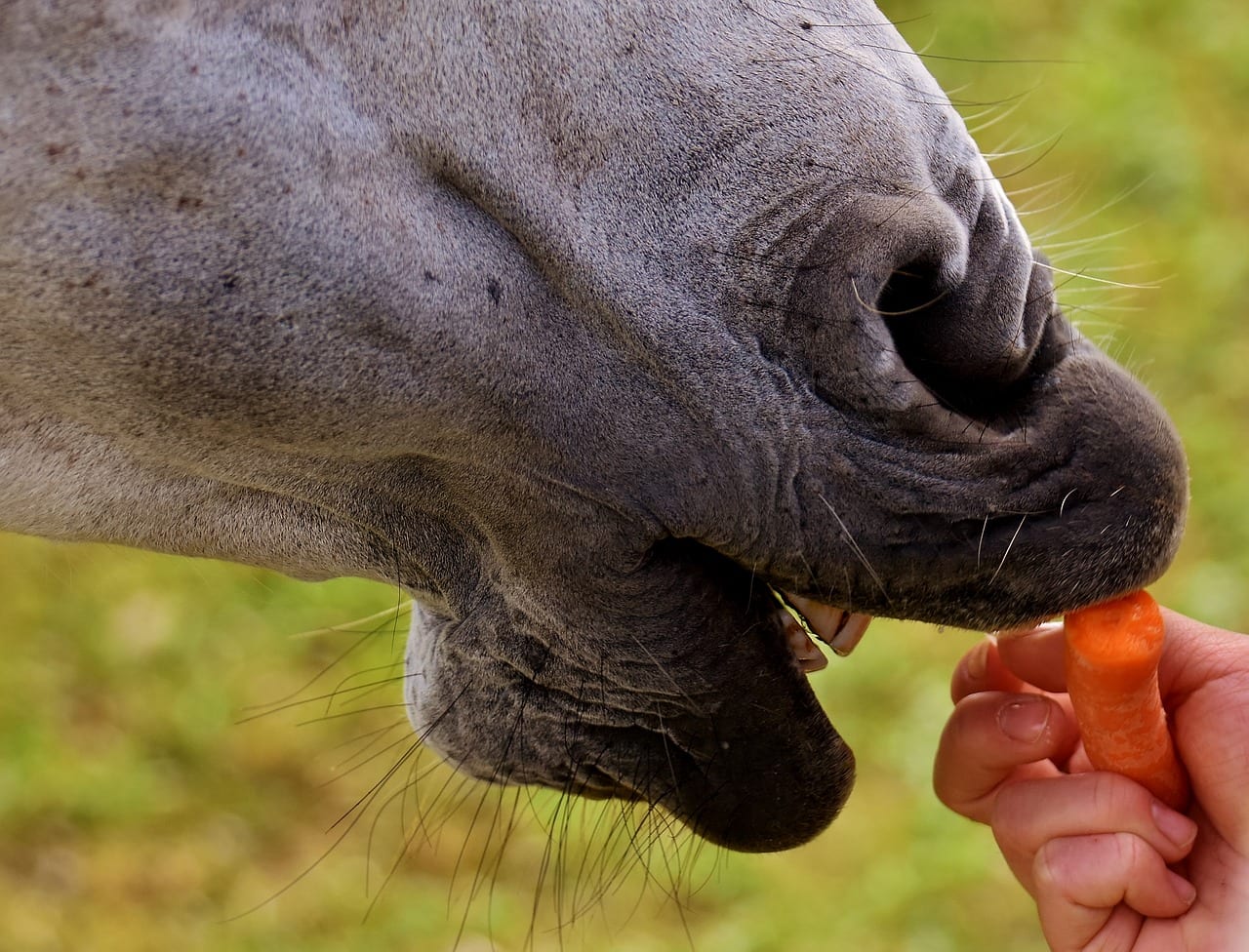
28 Dec Horse Feeding Guide
Are you confused about what to feed your sport or leisure horse? We find that the best way to think of feeding is to ‘keep it simple’; if you follow general feeding principles and use common sense, you should be on the right track.
As a guide, mature horses will consume around 2% of their body weight in feed (dry matter basis) for maintenance. The ratio of grain concentrate to roughage should be adjusted according to the body condition, rate of growth and the level of work. Extreme weather conditions also have an impact on energy requirements.
Regular weighing is the most accurate way of assessing whether your feeding program is adequate, although observation and body scoring can also be useful guides. Use your common sense to adjust the feed through observation; if a horse is fat, reduce the concentrate being fed, and feed more to horses showing ribs/with a poor top line.
Every horse should have free access to the feed. Remember that dominant horses in a group will try to push out the timid ones, which could result in imbalances in feed intake. If this happens, separate the timid ones of the less ‘good doers’, and feed them on a higher level.
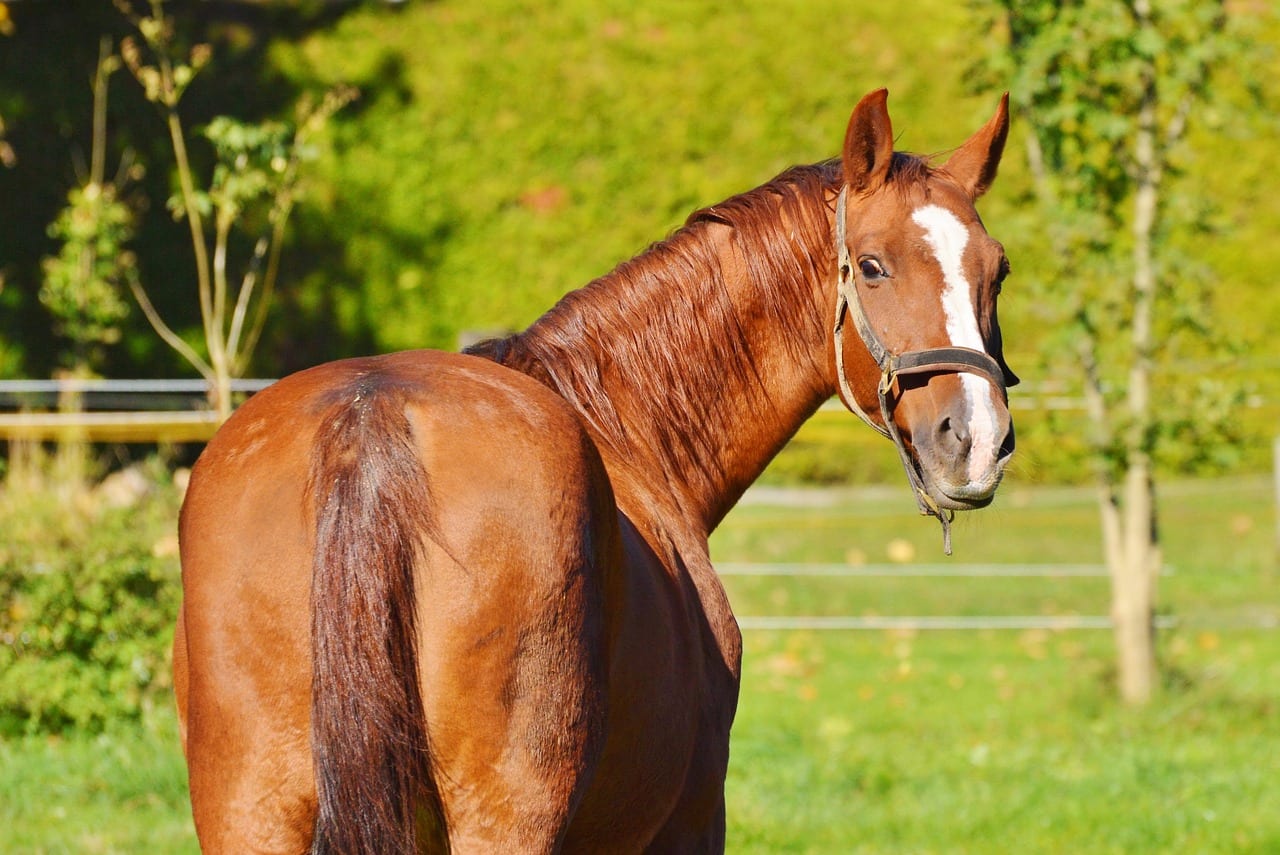
Horses by nature spend a large part of their day feeding and continuously secrete gastric acid. It makes sense then to avoid prolonged periods of no feed, and preferably hay or pasture should be available at all times. Concentrates are normally split over two to three meals a day, but can be fed as one meal if the starch content does not exceed the ability of the small intestine to digest it. Based on typical starch levels in concentrates, 3kg per feed will be quite safe for a 500kg horse in normal circumstances.
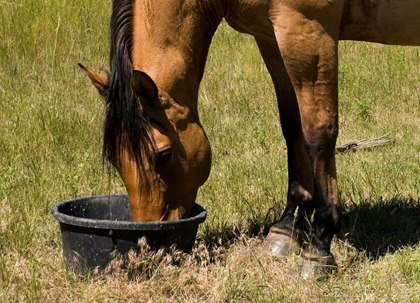
Feeding is a learned behaviour and horses become accustomed to tastes and textures they experience when they are young growing animals. Major changes in feed type need to be introduced slowly to avoid rejection; for example, horses reared on mixed grain feeds may not recognise pelletised feed (and vice versa). High starch or high fat feeds should be introduced over a period of about a week if they represent major change. Swapping between different brands or similar feeds is not normally an issue from the view of intestinal health, but there may be an individual preference shown depending on the ingredients used.
Vitamins and Minerals
Vitamins are a group of compounds that are essential to normal metabolism. Minerals are also required, and fall into two main categories; macrominerals (needed in grams per kg of feed) and microminerals (needed in mg per kg of feed). Levels in feedstuffs vary widely and deficiencies are common.
In saying that, most ‘complete’ feeds have been formulated to contain all the necessary vitamins and minerals. All Thompson and Redwood horse feeds have been designed by expert nutritionist Dr Brad Hampton to be nutritionally balanced and provide all the supplementation required when fed at the correct levels.
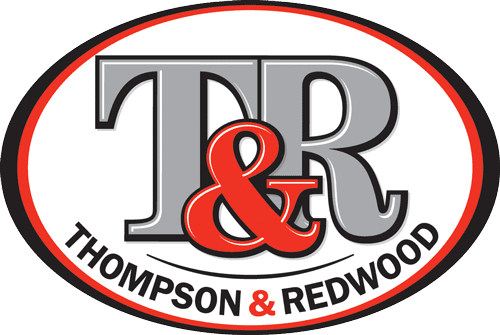

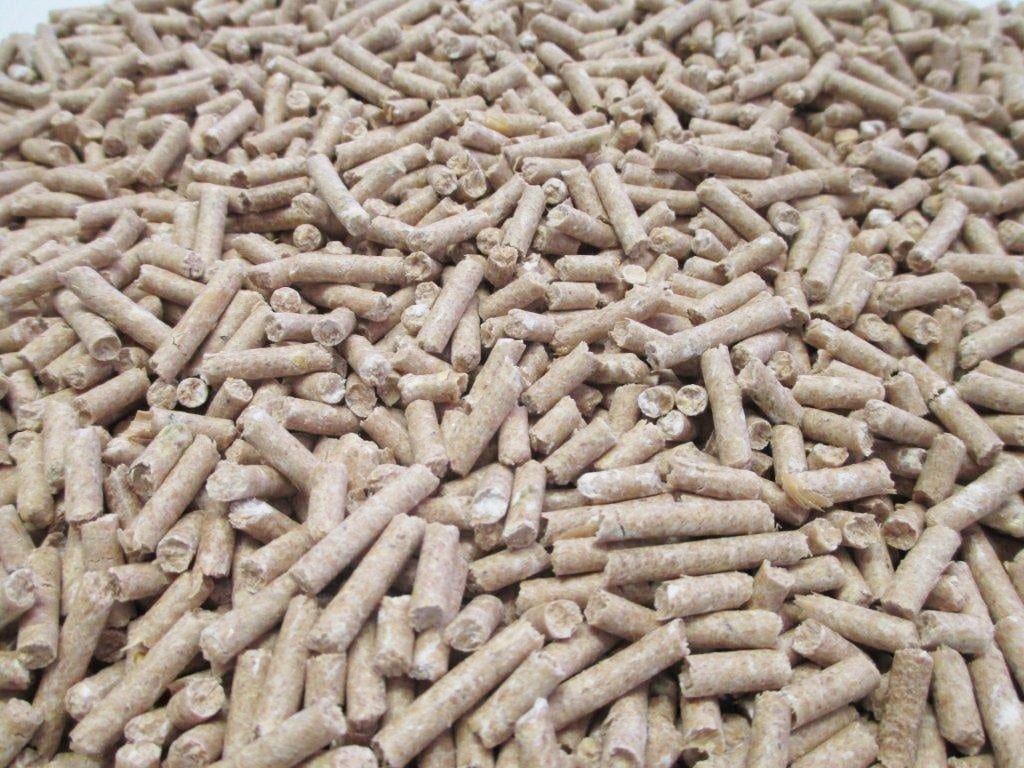
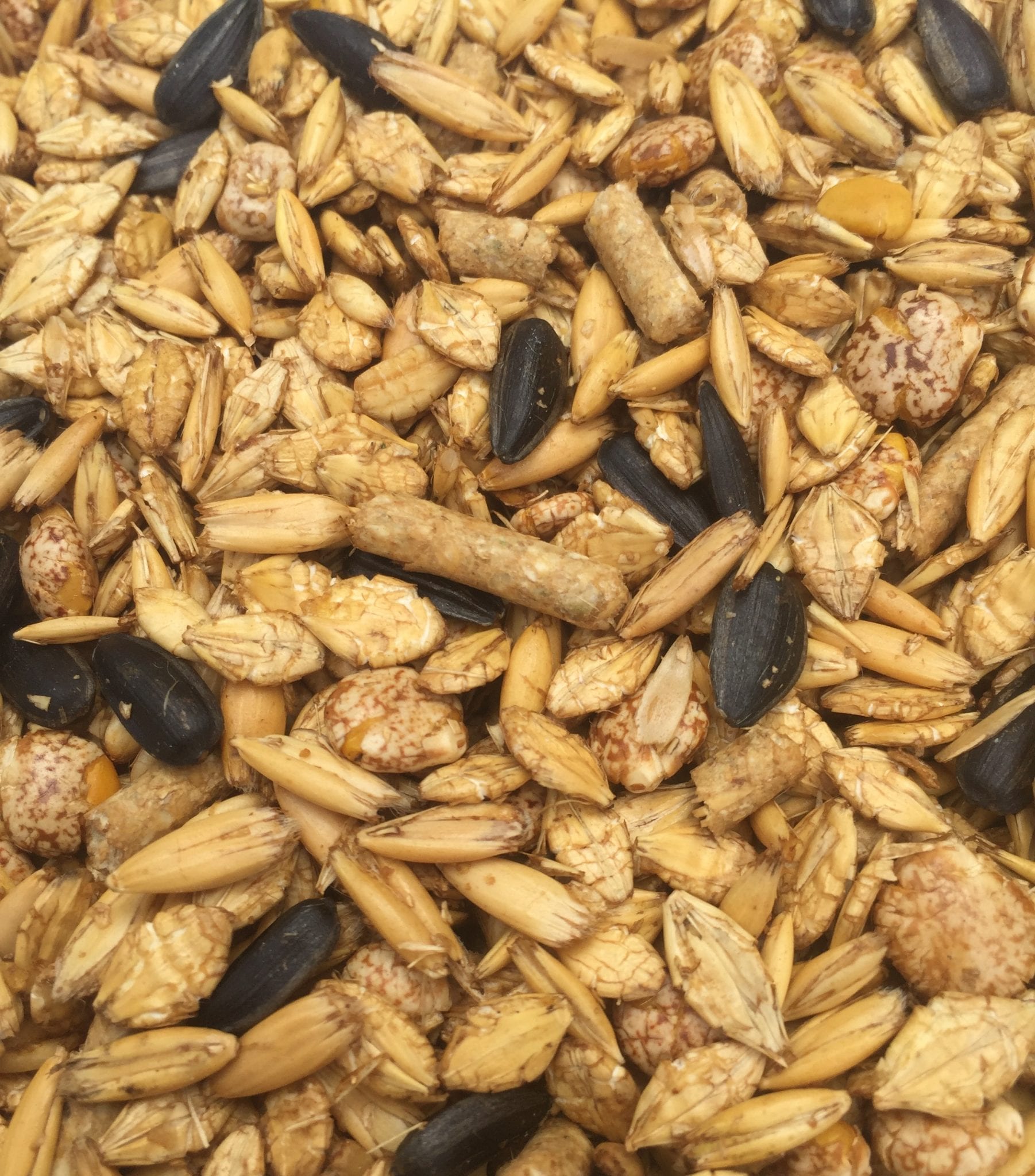

No Comments